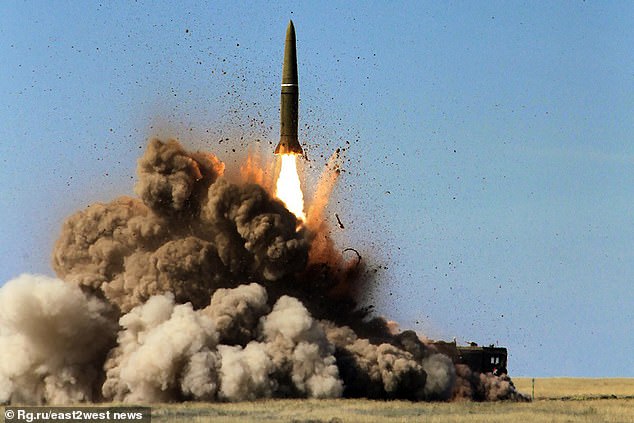Russia is “fully prepared” to detonate a nuclear bomb in the Arctic “at any time”, it was revealed today as Vladimir Putin continues nuclear exercises unseen since the Cold War.
The director of the former Soviet test site, which was first established on the Novaya Zelmlya archipelago, insisted that the test facilities are ready and can be used immediately “if the order is given.”
Rear Admiral Andrei Sinitsyn said: “The test site is ready to resume full-scale testing activities… The laboratory and test facilities are ready. The personnel are ready.”
Sinitsyn said “foreign intelligence” was monitoring the site, “a likely sign of concern over nuclear testing,” speaking to state-run newspaper Rossiyskaya Gazeta.
“We are constantly prepared to repel all types of threats, including the penetration of sabotage and reconnaissance groups on the island,” he said.
Launch of a Russian nuclear-capable Iskander-M missile, no date given
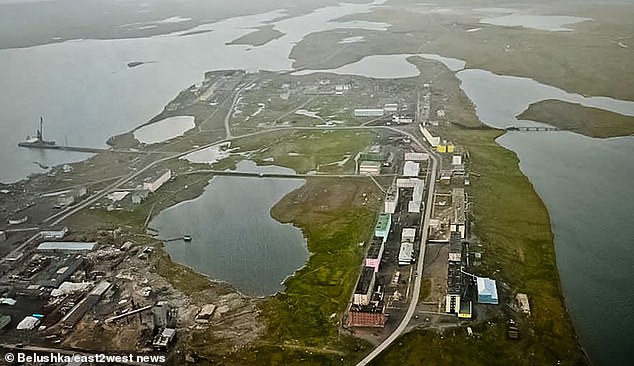
The former Soviet test site, first located on the Novaya Zelmlya archipelago, was decommissioned in 1990.
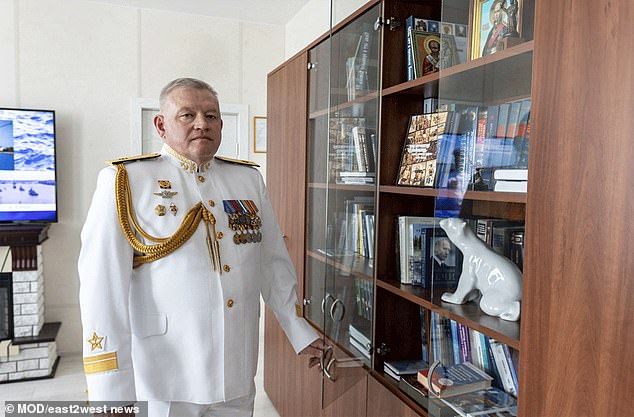
Rear Admiral Andrei Sinitsyn spoke to Rossiyskaya Gazeta about the events
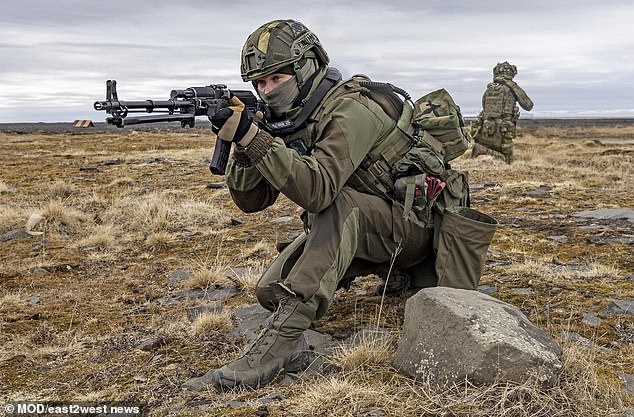
Russian special forces train to repel invasion of sabotage groups on Novaya Zemlya
Mr Sinitsyn said the “Central Test Site of the Russian Federation” will be used to “conduct and provide non-nuclear explosive experiments”.
He said the tests were carried out “in the interest of state security”.
But when asked if the site was ready to “restart nuclear testing if necessary,” he said: “The test site is ready to resume full-scale testing activities. Fully ready.”
If Vladimir Putin gives the order, the test could still take place.
The site has not been used for nuclear testing since October 1990, after which the weakened USSR ruled out further testing, which was supported by Russia.
Images obtained by the Middlebury Institute of International Studies last year showed an increase in construction on the remote island location, RFE reported at the time.
A comparison of images from July 2021 and June 2023 showed large trucks, construction cranes, shipping containers and building materials being brought into the settlement for expansion.
Mr Sinitsyn said the site’s main priorities and raison d’être were to deter perceived aggressors by “preparing” the testing ground’s infrastructure.
He said this included keeping a “laboratory” and an “experimental base” both “ready.”
“The test site is adequately staffed, equipped and equipped with everything necessary for our activities,” he said.
The warning came days after lawmaker Andrei Kolesnik said Putin should authorize a nuclear bomb test as a warning to the West.
“We need to carry out a nuclear explosion somewhere, at some testing ground,” demanded Andrei Kolesnik, who represents the ruling United Russia party.
‘Nuclear testing is currently banned in our country.
But maybe people should see where all this is really leading, they should listen to it.
“If we lift the moratorium, perhaps humanity will think twice.”
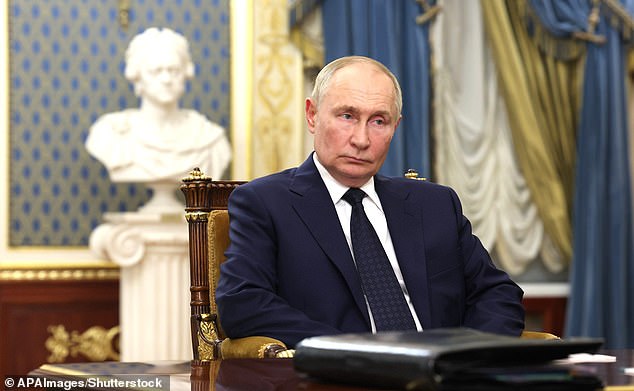
Russian President Vladimir Putin warned this week that allowing long-range strikes against Russia “would mean that NATO countries… and European countries are at war with Russia.”
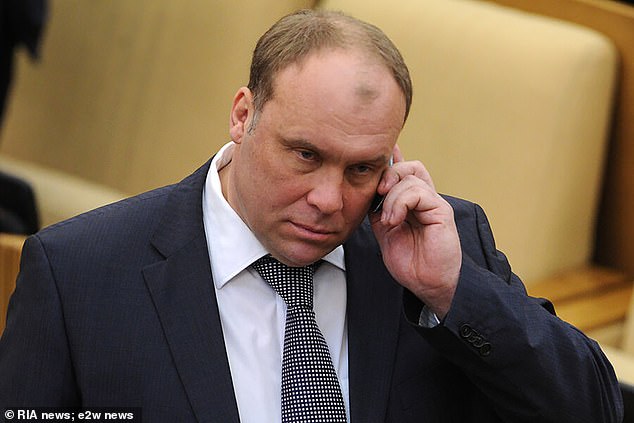
Andrei Kolesnik said Putin should authorize a nuclear bomb test as a warning to the West
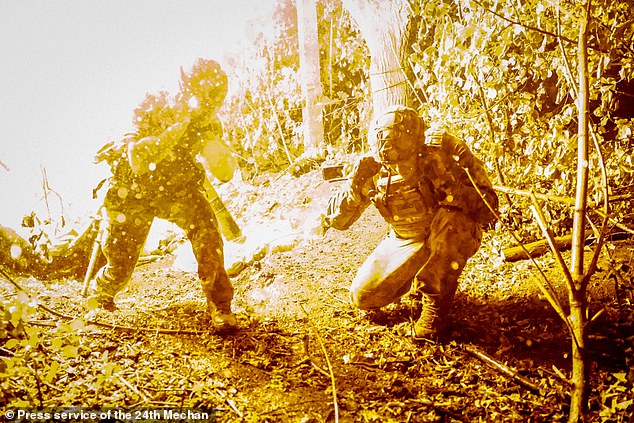
Ukrainian soldiers fire mortars at Russian positions in Donetsk region, Ukraine
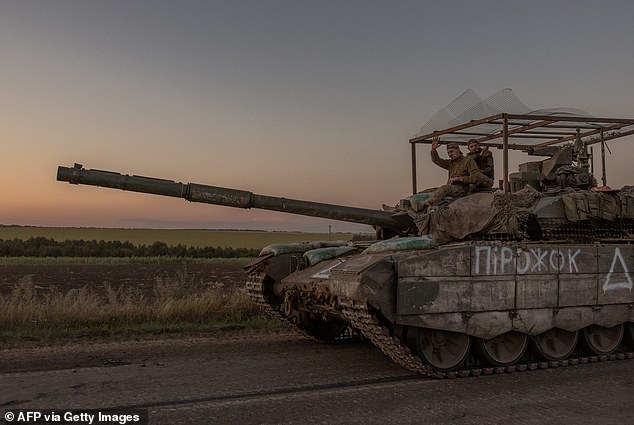
Ukrainian servicemen operate a tank on a road near the border with Russia, in the Sumy region of Ukraine, August 14, 2024.
Parliament Speaker Vyachelsav Volodin warned today that in the event of attacks on Russian cities with Western missiles, “more powerful weapons are ready” to counterattack.
Russia stepped up its preparations for a nuclear war today with exercises using giant Yars missile launchers in the Ivanovo region.
The footage showed the huge mobile missile systems “conducting marches at a distance of up to 100 kilometers (62 miles) and practicing unit deployment, simultaneously changing and equipping their field positions, camouflaging and protecting them,” the Russian Defense Ministry said.
Yars missiles are currently the main land-based component of Russia’s strategic nuclear force.
Mach 25 missiles have a range of up to 7,500 miles, allowing for an attack on the United States.
Yars is set to be surpassed by Sarmat, or Satan-2, the biggest missile in Putin’s nuclear arsenal, described as an “unstoppable” 208-tonne intercontinental rocket launched from a silo at 25,600km/h, the size of a 14-storey block of flats.
In early August, Russian troops practiced installing mock warheads on launchers in another series of nuclear weapons exercises publicized as a threat to the West over its support for Ukraine.
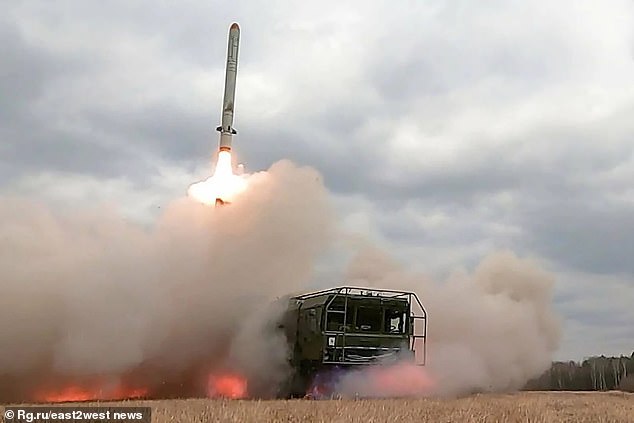
A Russian nuclear-capable Iskander-M missile fired from a mobile launcher, undated
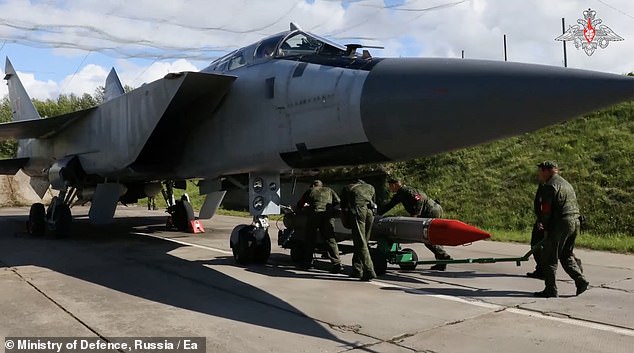
Russian armed forces conduct exercises with MiG-31 aircraft and missiles
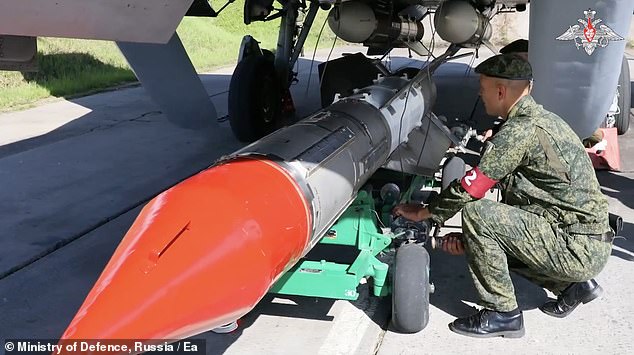
The missiles are capable of carrying nuclear or conventional warheads.
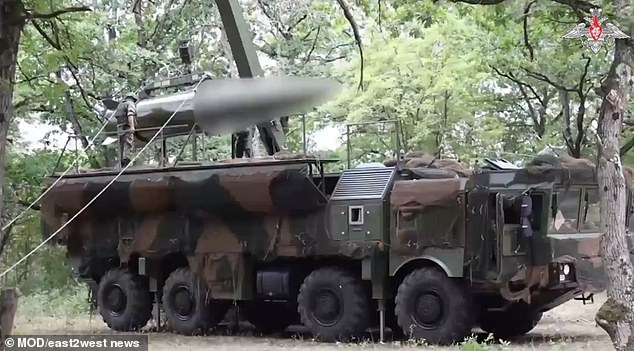
The exercises are intended to prepare the army and air force for the use of nuclear weapons in combat.
The footage showed a military unit armed with Iskander-M tactical-operational missile systems conducting the third stage of exercises ordered by Vladimir Putin.
The Russian Defense Ministry said the exercises would prepare the army and air force for the use of non-strategic nuclear weapons in combat.
This includes equipping launch vehicles with missiles “and covertly advancing to designated position areas in preparation for conducting electronic launches.”
And in July, Putin’s forces They conducted nuclear exercises with huge Yars mobile missile launchersEach of them had warheads with a force six times greater than the bomb dropped on Hiroshima in 1945.
Naval forces have carried out similar exercises, practising how to “push the button” on a warship believed to be in the Baltic Sea.


